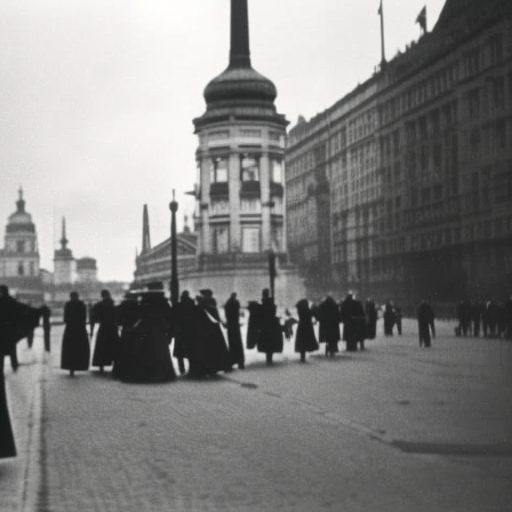Hungarian Revolution of 1956: A Fight for Freedom
The Hungarian Revolution of 1956 was a nationwide uprising against the Soviet-backed Hungarian People’s Republic. It began on October 23, 1956, when thousands of students and workers took to the streets of Budapest to protest against the oppressive communist regime and demand political reforms.
Causes: The Hungarian people were dissatisfied with the repressive policies of the Hungarian Communist Party and the Soviet Union’s influence over their country. They yearned for greater political freedom, economic reforms, and an end to Soviet domination.
Protests and Demands: The initial protests were peaceful, with demonstrators demanding the withdrawal of Soviet troops, the release of political prisoners, and the establishment of a multiparty system. However, as the protests grew in size and intensity, the demands escalated to include the resignation of the Hungarian government and the establishment of a new, independent Hungary.
Violent Suppression: The Soviet leadership, under Nikita Khrushchev, initially hesitated to use force against the protesters. However, as the demonstrations continued to spread across the country, the Soviet Union decided to crush the uprising. On November 4, Soviet tanks and troops launched a massive military intervention, brutally suppressing the revolt.
Resistance and Imre Nagy: Despite the overwhelming Soviet military presence, pockets of resistance continued to fight against the invaders. Imre Nagy, a former Hungarian prime minister, emerged as the leader of the revolution and formed a new government that promised democratic reforms and Hungary’s withdrawal from the Warsaw Pact.
International Response: The Hungarian Revolution garnered significant international attention and support. Western countries, including the United States, condemned the Soviet intervention and expressed solidarity with the Hungarian people. However, they did not provide direct military assistance, fearing a direct confrontation with the Soviet Union.
Crushing of the Revolution: The Soviet Union launched a massive military operation to crush the revolution. Thousands of Hungarians were killed, and many more were arrested and imprisoned. Imre Nagy and other leaders of the revolution were captured, tried, and executed for their role in the uprising.
Aftermath: The Hungarian Revolution of 1956 was a tragic defeat for the Hungarian people. The Soviet Union reestablished control over Hungary, and the country remained under communist rule for several more decades. The revolution, however, had a lasting impact on the Hungarian psyche and inspired future generations to continue the fight for freedom and democracy.
Legacy: The Hungarian Revolution of 1956 remains a symbol of resistance against oppression and a testament to the Hungarian people’s desire for freedom. It inspired other anti-communist movements in Eastern Europe and served as a reminder of the limits of Soviet power. The revolution also led to a reevaluation of Soviet policies and tactics, both within Hungary and internationally.
In conclusion, the Hungarian Revolution of 1956 was a courageous and determined fight for freedom against an oppressive communist regime. Despite the brutal suppression by the Soviet Union, the revolution left a lasting legacy and inspired future generations to continue the struggle for democracy and human rights.












